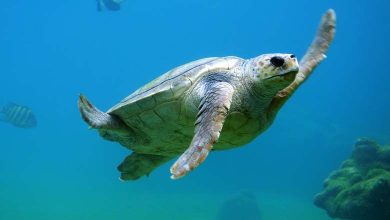Brown bears may hold the key to beating the disease

Each year, brown bears gain weight, then hibernate and barely move for months. This behavior would promote diabetes in humans, but not in grizzly bears whose organisms can turn insulin resistance on and off almost like a switch. This was revealed by scientists from the State University of Washington (USA) in a study published in the journal iScience.
As part of this work, the researchers tried to understand how the body of grizzly bears manages to control insulin, namely a hormone naturally produced by the pancreas which is injected into people with diabetes in order to regulate blood sugar.
Samples taken from bears during periods of activity and hibernation
To identify changes that might be responsible for their insulin resistance, the authors performed targeted RNA sequencing on adipocytes, or fat cells, of brown bears. They also took blood samples during periods of activity and hibernation as well as during a period of interrupted hibernation during which the team fed honey to the grizzly bears.
In the lab, the scientists combined different cell cultures and different blood samples to analyze the genetic changes that occurred. Of all the combinations, the sample from the hibernation period, when the bears were fed, helped identify key proteins the most.
Hibernation: bears’ ability to regulate insulin shrinks to eight proteins
“There appear to be eight proteins that, independently or together, modulate the insulin sensitivity and resistance observed in hibernating bears. These eight proteins all have equivalents in human beings. They are not unique to bears. The same genes are found in humans, which means there may be a possibility of replicating this insulin resistance.” study author Joanna L. Kelley said in a statement.
Now the team plans to examine how these proteins work specifically to reverse insulin resistance. They hope their next research could lead to the development of ways to prevent or treat diabetes.












